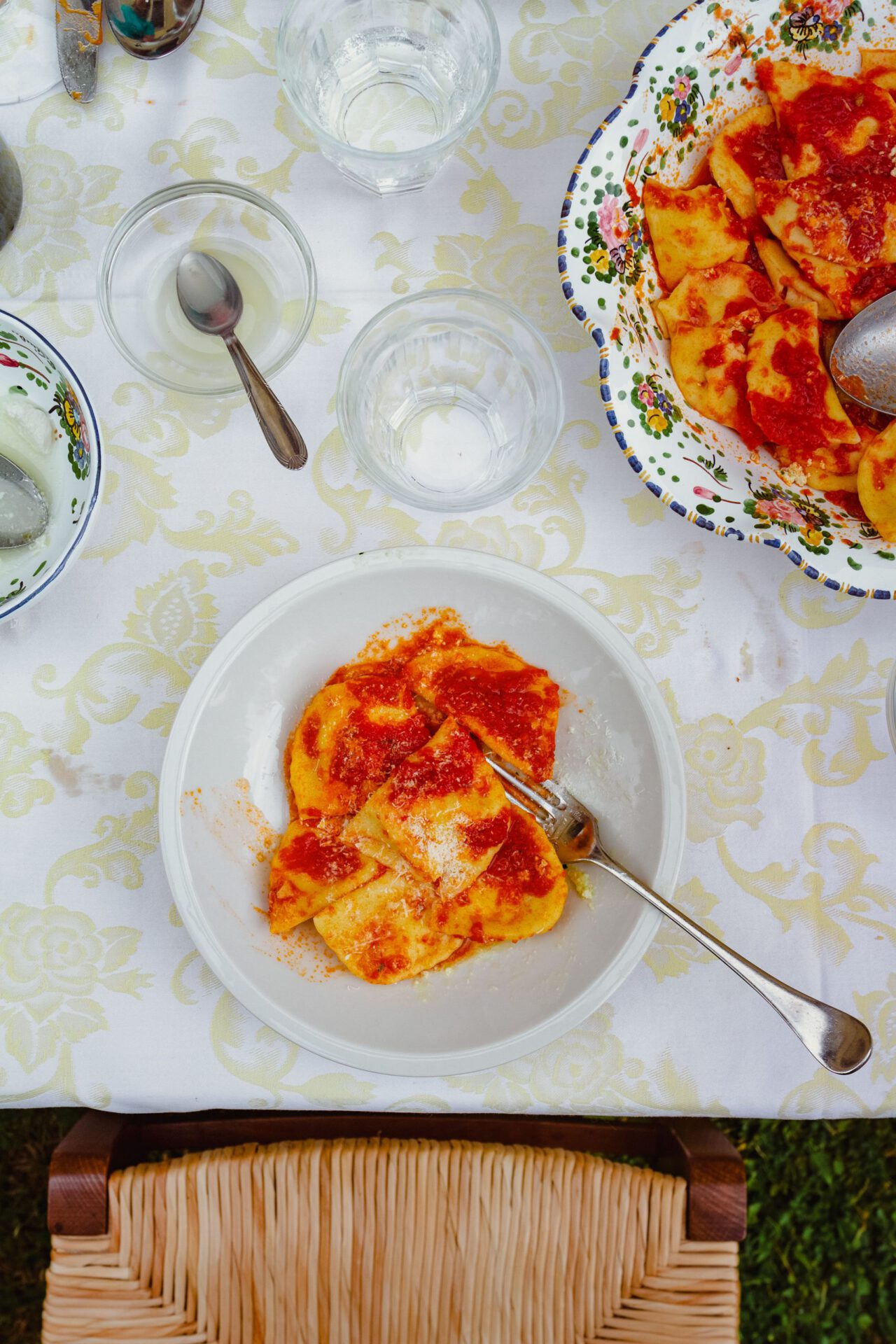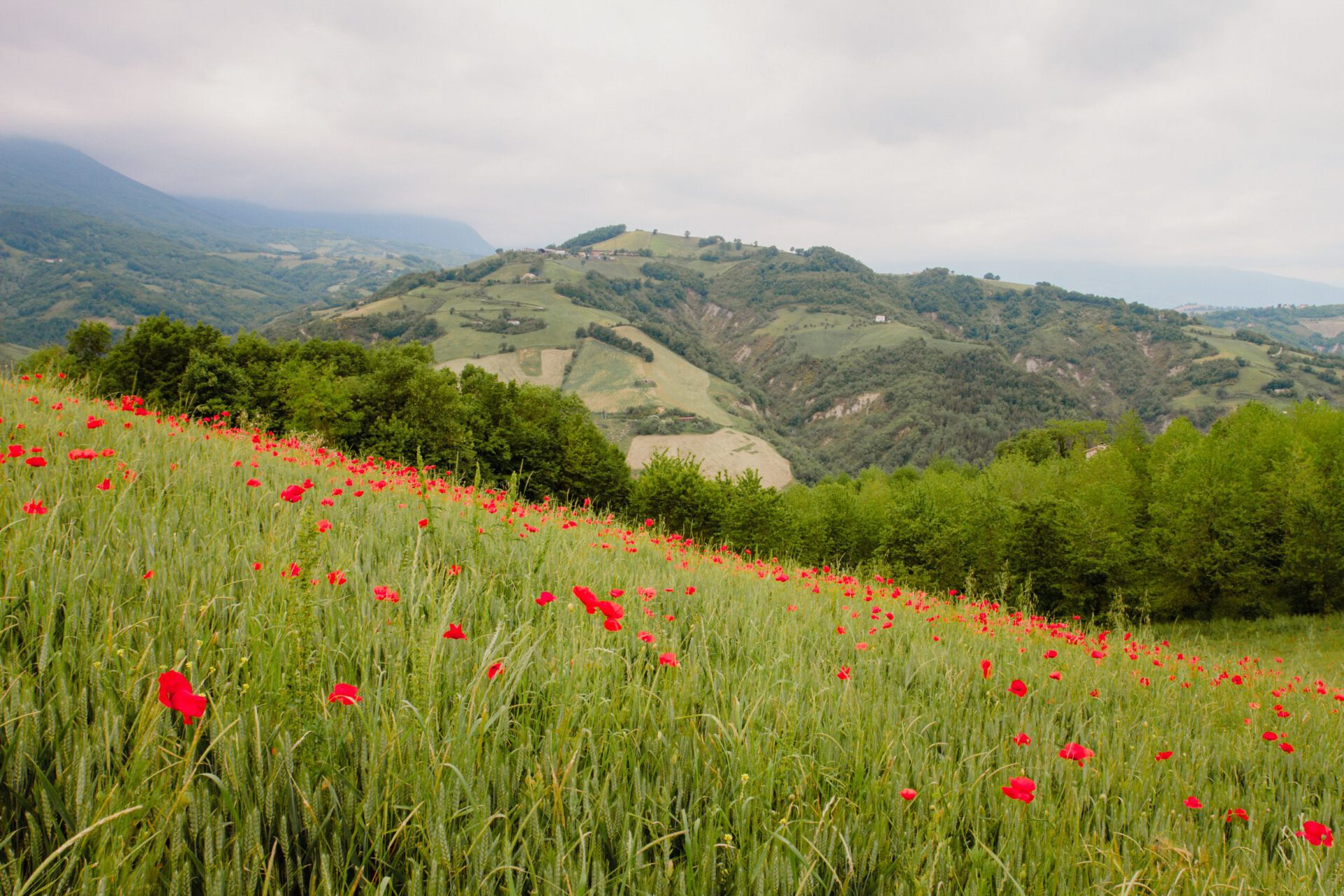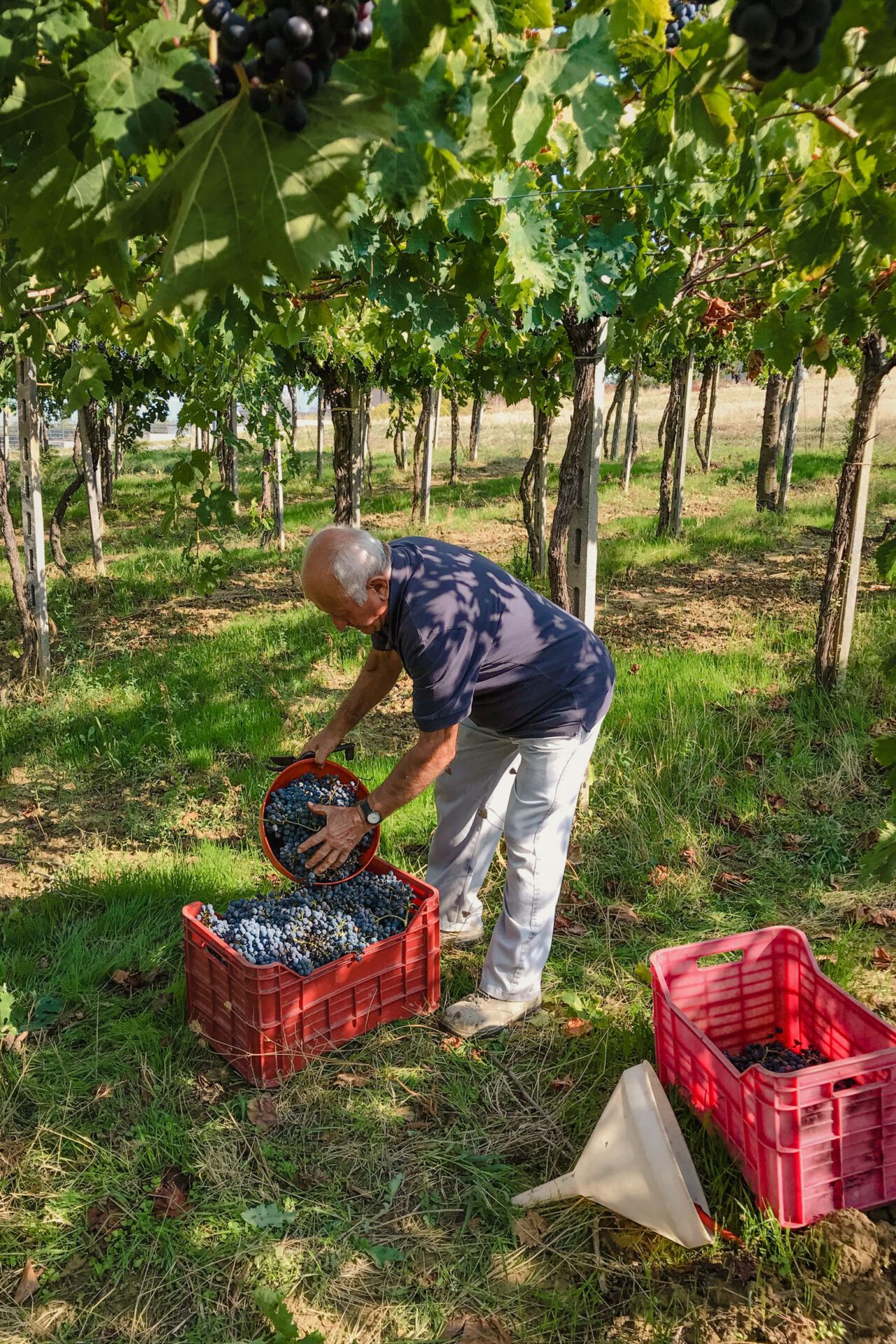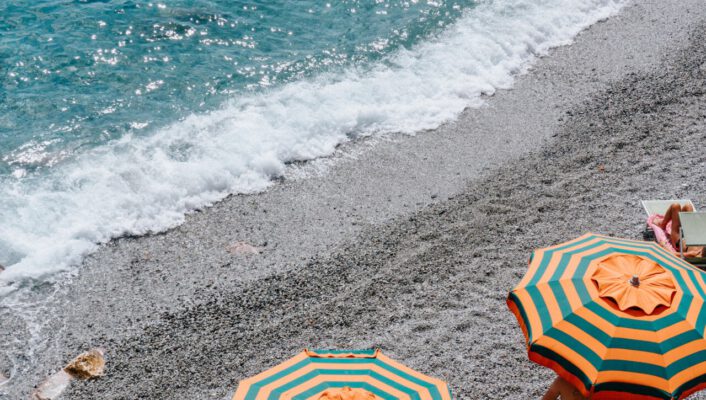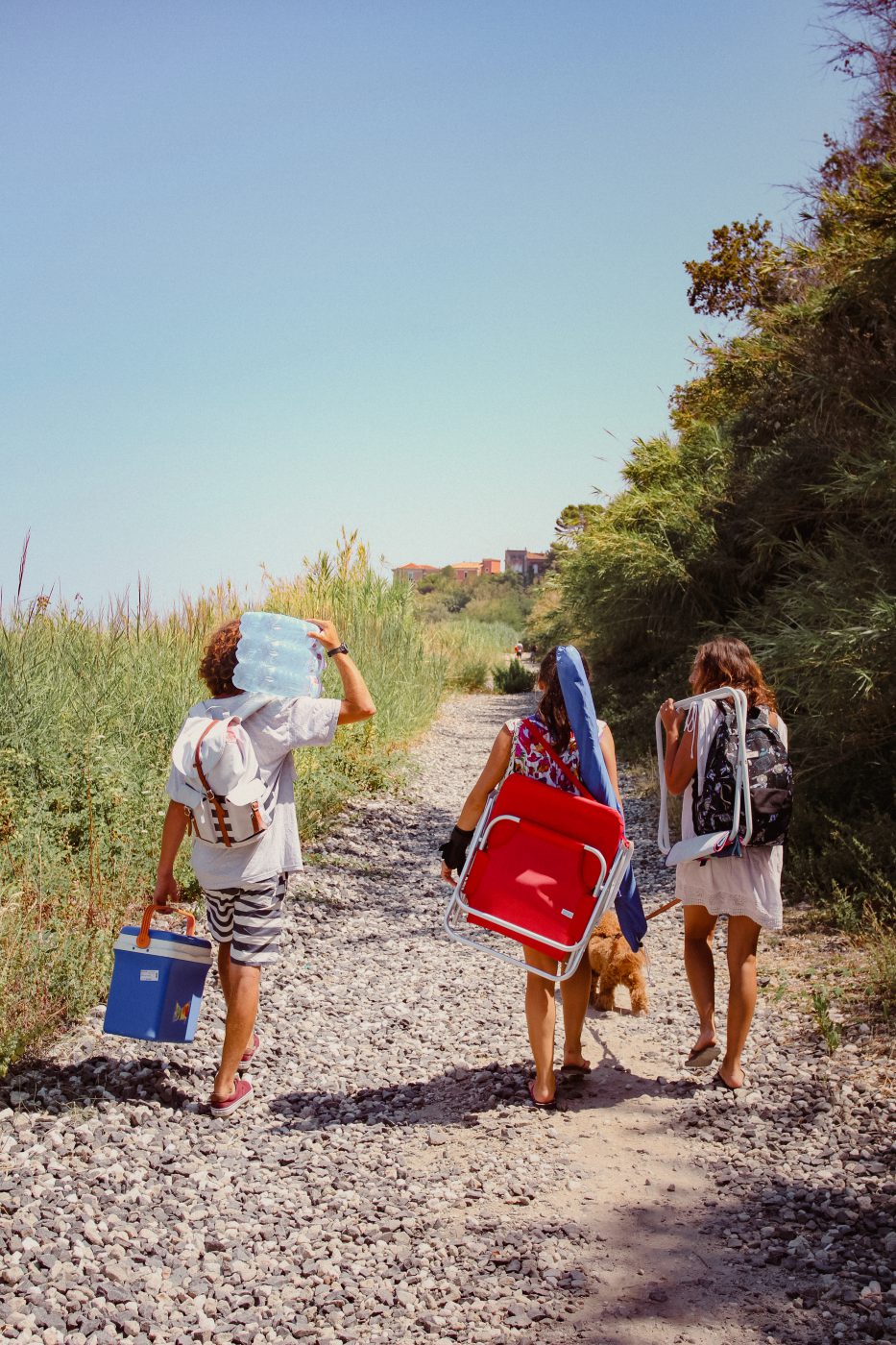Abruzzo is a land steeped in history. I love to slowly discover its secrets, like a shepherd, leading his flock from the mountains to the sea during the first weeks of autumn, walking along narrow roads and unearthing countless wonders. I grew up in the countryside of Abruzzo, in the rural heart of this region, where at twilight the Gran Sasso mountains resemble a woman sleeping, our dear “bella addormentata”. Our house is surrounded by medicinal plants and orange trees planted by my great grandfather Amedeo. He used the garden for all of his experiments, resulting in the creation of an orange liqueur called Aurum, still widely in use today and to me, one of the greatest reminders of my family when I’m far from home.
Abruzzo is a region rich in color and contrast: from the verdant green shades of our mountains, where bears, wolves, and golden eagles watch over rock-carved hermitages, such as the one of San Bartolomeo, to the crystal blue waters of our springs. The gorge of Sagittarius nestles the town of Scanno; a precious gem, as precious as the artisanal jewelry that is made there. This village has been immortalized many times by photographer Henri Cartier Bresson, and by its many visitors. On the hills, I hear the echoes of sheep bells, followed by their wise shepherds, while the smell of Pecorino and truffles perfumes the air. Surrounding us are snowy mountain tops, where bowls of steamy polenta with homemade sausages await, and yet, the Adriatic sea glints on the horizon.
The coast provides another landscape, marbled with beautiful “trabocchi” or fishermen palafitte over water, where poets of the past found safe and inspiring shelter, and which today have been converted into “pieds dans l’eau” restaurants (restaurants where you sit directly on the water). Here, fishermen hurry to cast their nets and restaurateurs assemble delicious meals, from a typical brodetto alla Vastese–a fish and seafood stew in tomato broth–to a classic spaghetti alle vongole. Every dish pairs with a glass of dry Trebbiano wine. Each day by the sea finds its perfect conclusion in a delicious mulberry ice cream from gelateria Cicco in the nearby Francavilla, my family’s hometown.
On the hills, shades of gold and silver appear, where the wheat sways in the sweet summer breeze. I see the glorious olive trees from Loreto Aprutino, the most refined area for olives and grapes, a valley surmounted by a castle and embraced by an ancient hamlet, with extraordinary traditions of ceramics and gastronomy. I love to sit among hunters and local producers to enjoy a classic pasta alla chitarra (pasta cut on guitar strings) from Ristorante la Bilancia, my all time favorite.
Abruzzo is eclectic, surprising, and perfectly imperfect. Once discovered, it’s a secret worth preserving.

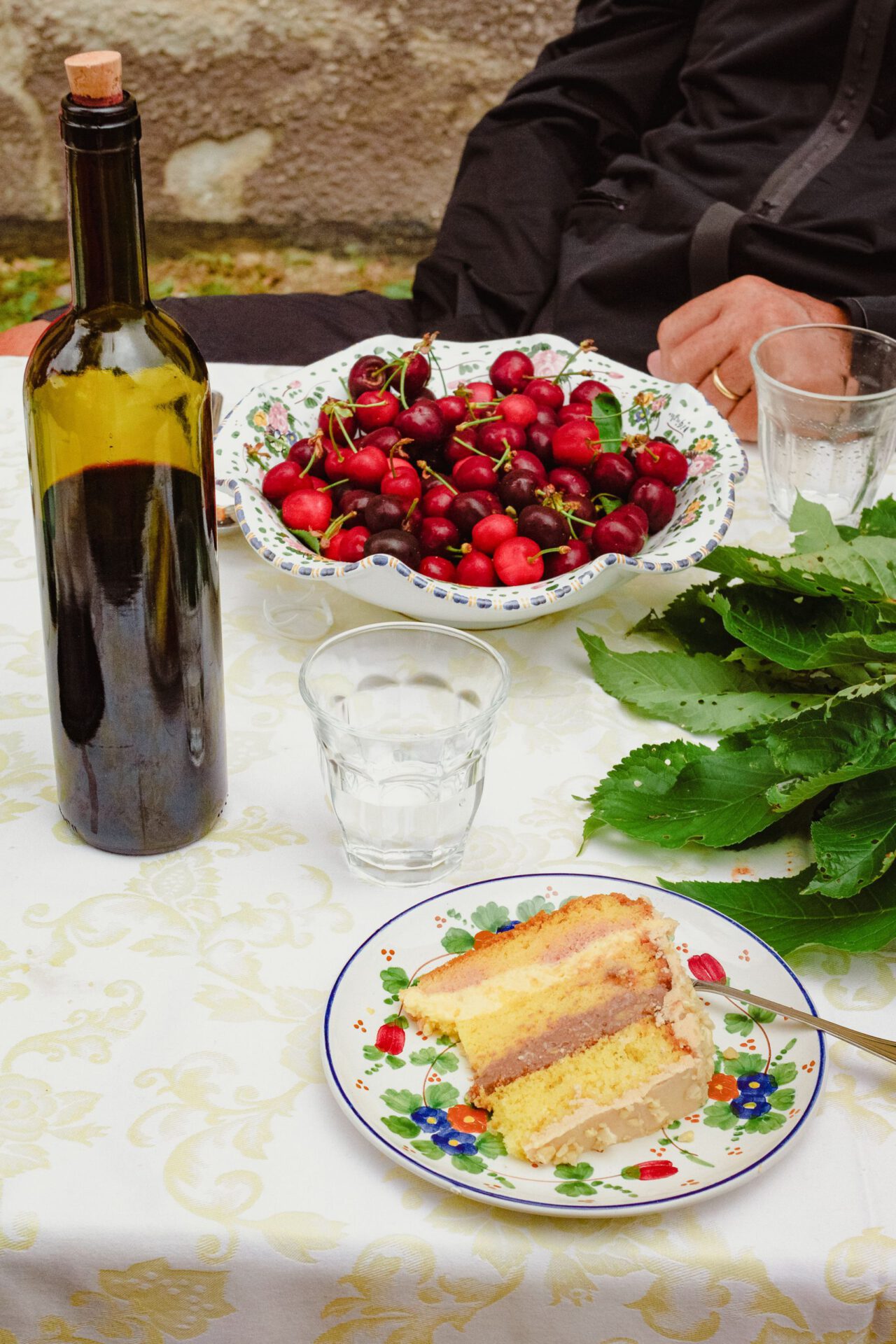
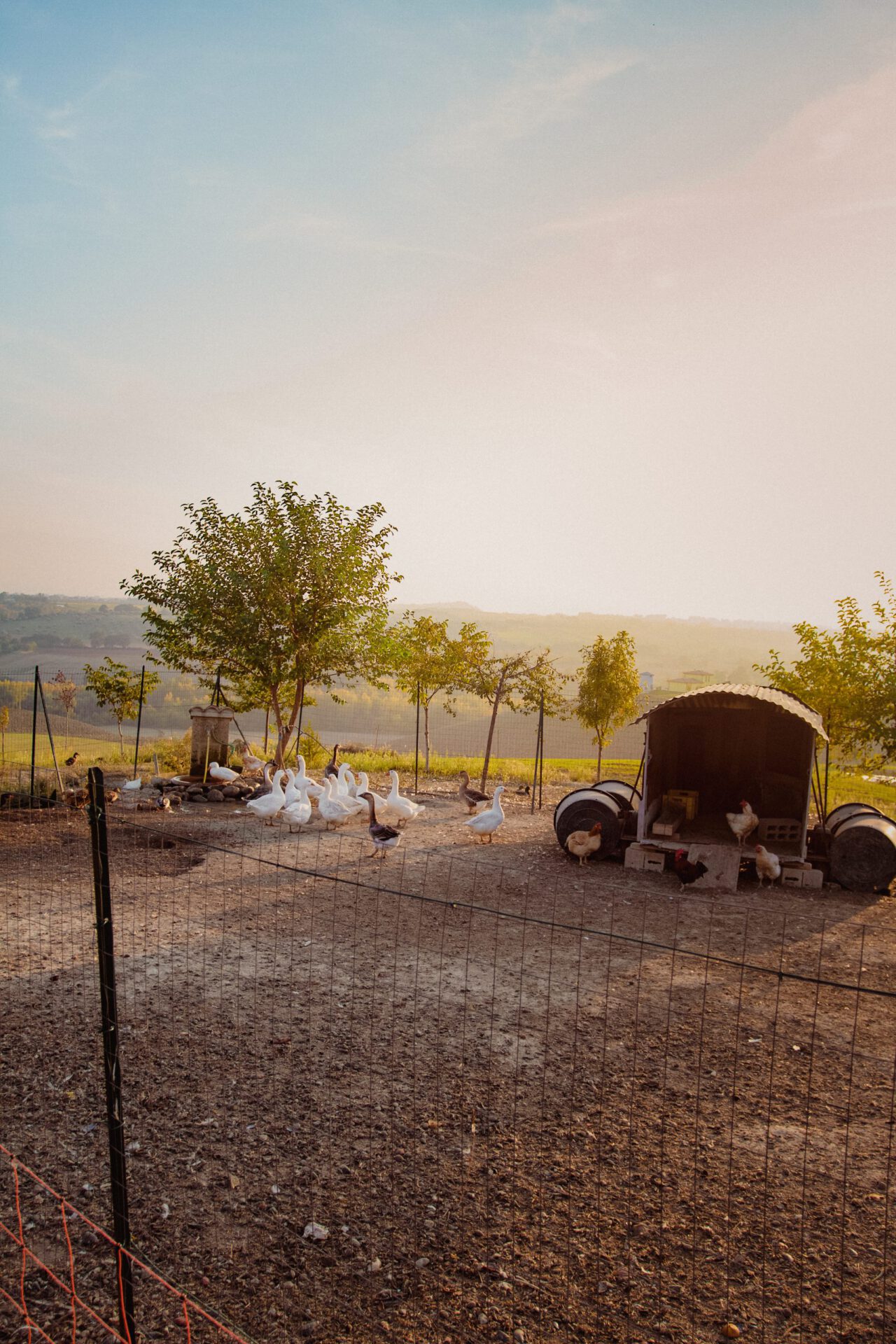

HOW TO LIVE ABRUZZO LIKE A LOCAL:
WHERE TO GO:
Scanno – Named one of Italy’s most beautiful villages, this medieval hilltop town was a favorite of photographer Henri Cartier Bresson. The natural lake is enchanting, as are its many stone churches.
Guardiagrele – This village, also designed as one of Italy’s most beautiful, sits at the mouth of Maiella National Park. The town is also historically known for its famous goldsmithing, copper, and iron work.
Loreto Aprutino – Dating back to the year 1000, the town was built around a Benedictine Abbey, which still stands today, though you can also glimpse ruins nearby that date to pre-Roman times. Today, crafts like ceramics and local oil production are some of the best in the country.
San Vito – Perched on the Adriatic Sea, San Vito’s iconic shoreline is dotted with trabocchi, long wooden platforms that jut out like docks and were traditionally used for fishing in the area.
Pescocostanzo – Nestled in the Maille National Park, the surrounding mountains are known as some of the best ski resorts in the country. In summer, the scenery is beautiful for hiking trips.

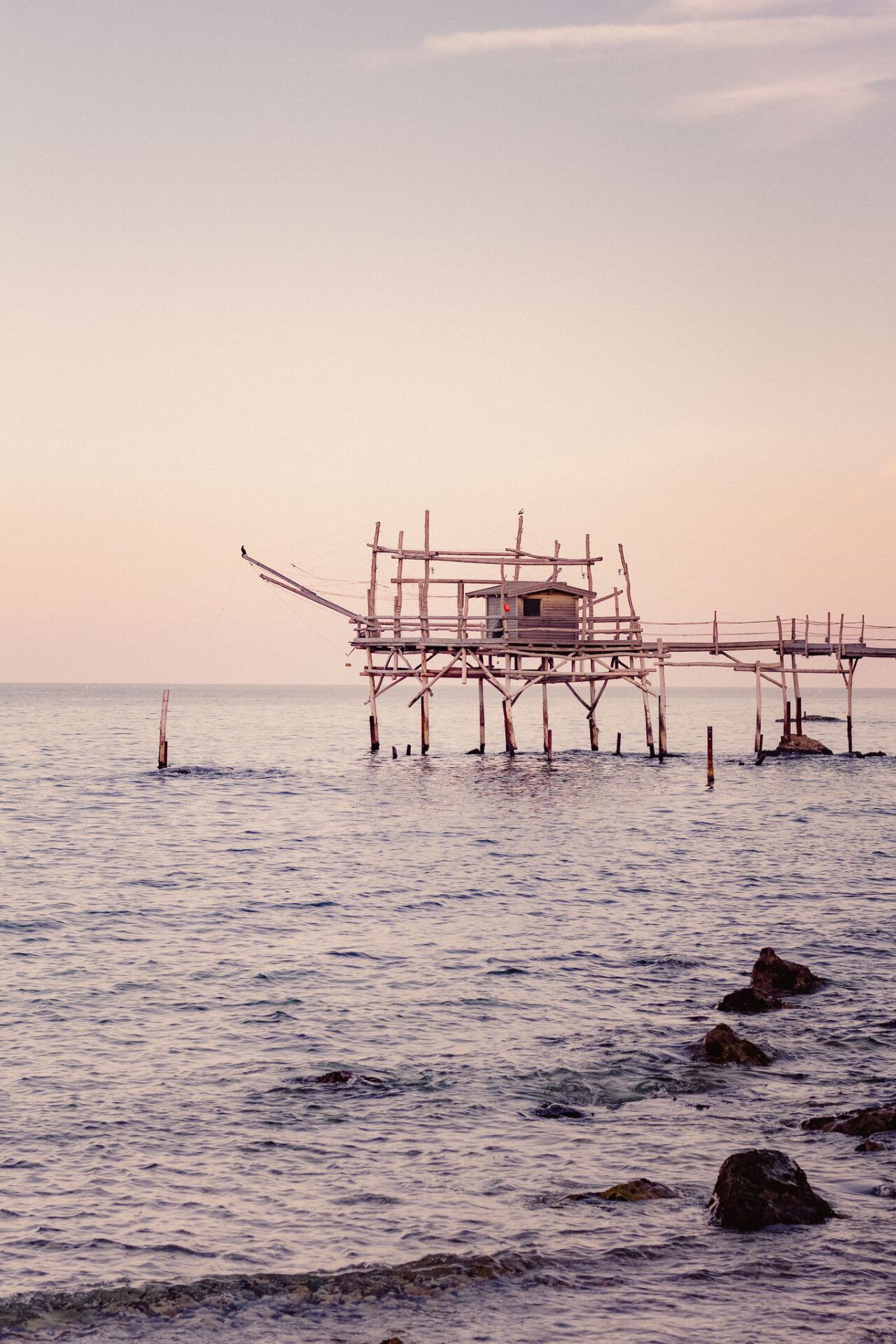
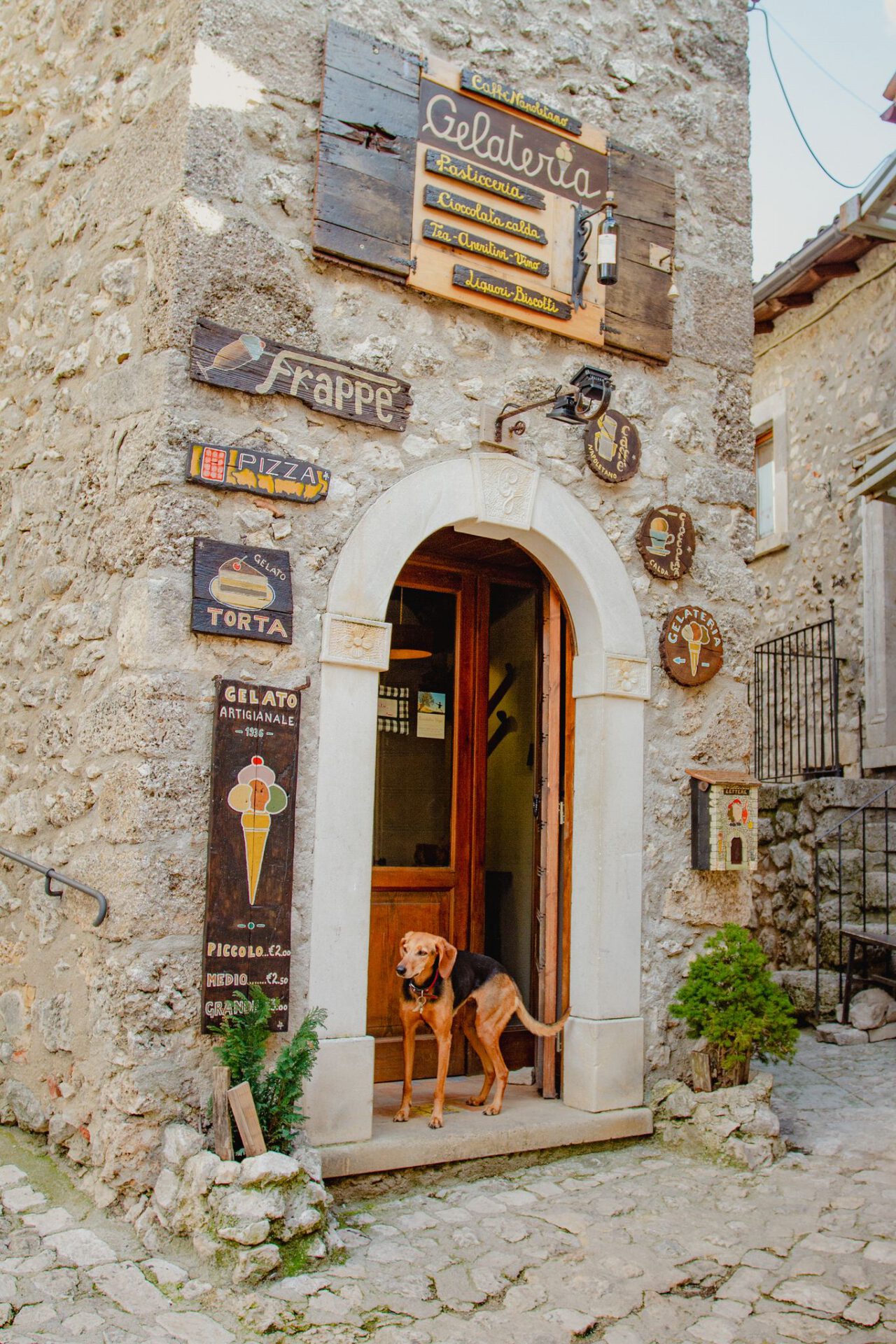

WHAT TO DO:
Rocca Calascio – The highest fortress in the Apennine mountains, sitting at almost 1,500 meters above sea level, Rocca Calascio will have you feeling like you’re in the clouds. The castle, used exclusively for military purposes, is as austere as it is alluring.
Oratorio di S.Pellegrino Bominaco (Bominaco) – Completely covered wall-to-wall with frescoes depicting Abruzzo’s medieval history, this UNESCO World Heritage site is worth a visit for history buffs and art lovers alike.
Eremo di San Bartolomeo (Legio) – Nestled within steep cliffs, this breathtaking hermitage stands as a structure constructed entirely from stone, positioned against a natural hollow suspended over the flowing river.
Pescasseroli – A hike in the area promises bear watching and the sounds of wolves howling at night… just be careful, and go with a guide!
Punta Aderci – Rent a sailing boat and sail to Punta Aderci natural reserve, driving by the trabocchi coastline
Stiffe Caves – Hike to the top of Gran Sasso and explore the mysterious Stiffe caves, at the apex of Stiffe village.
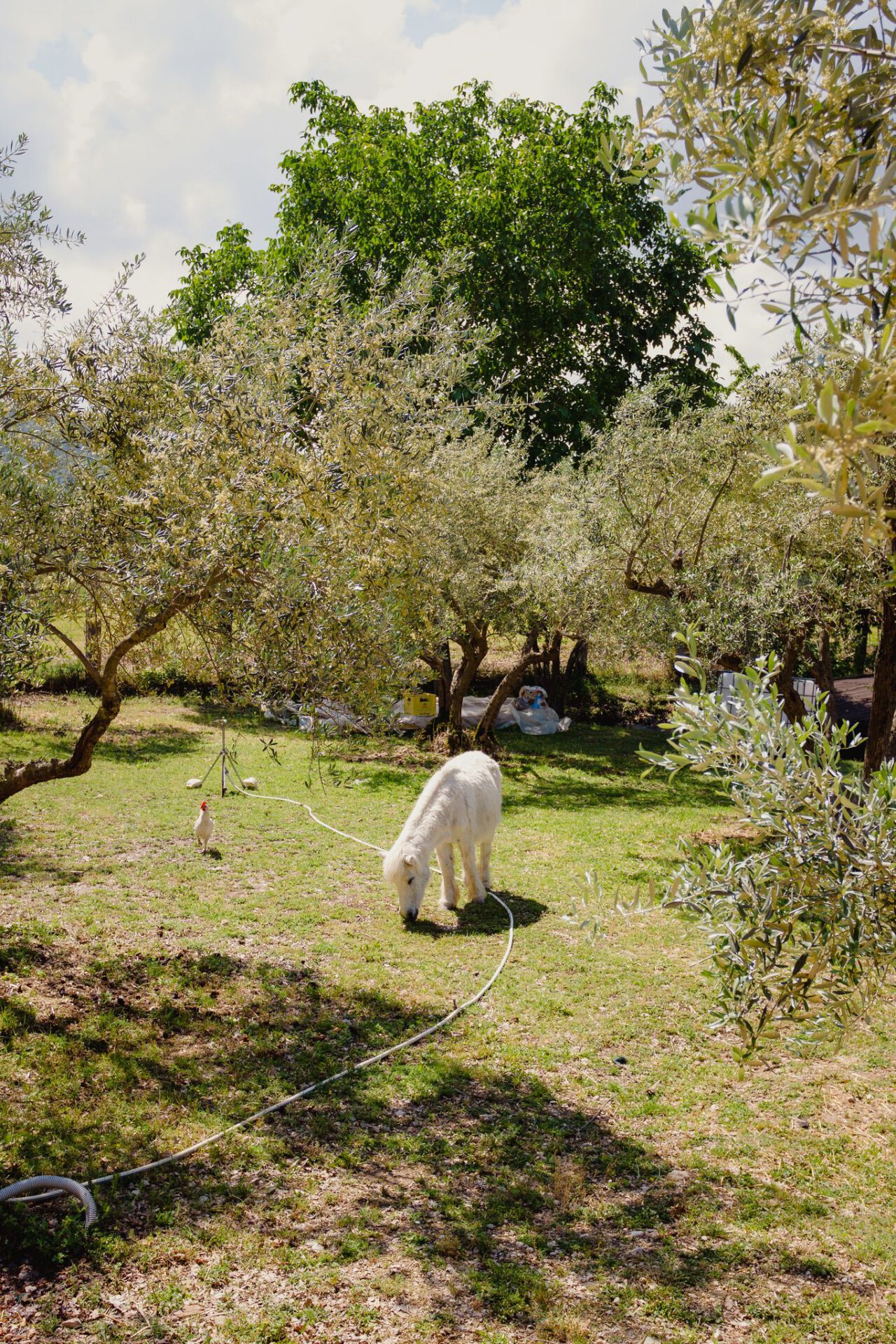
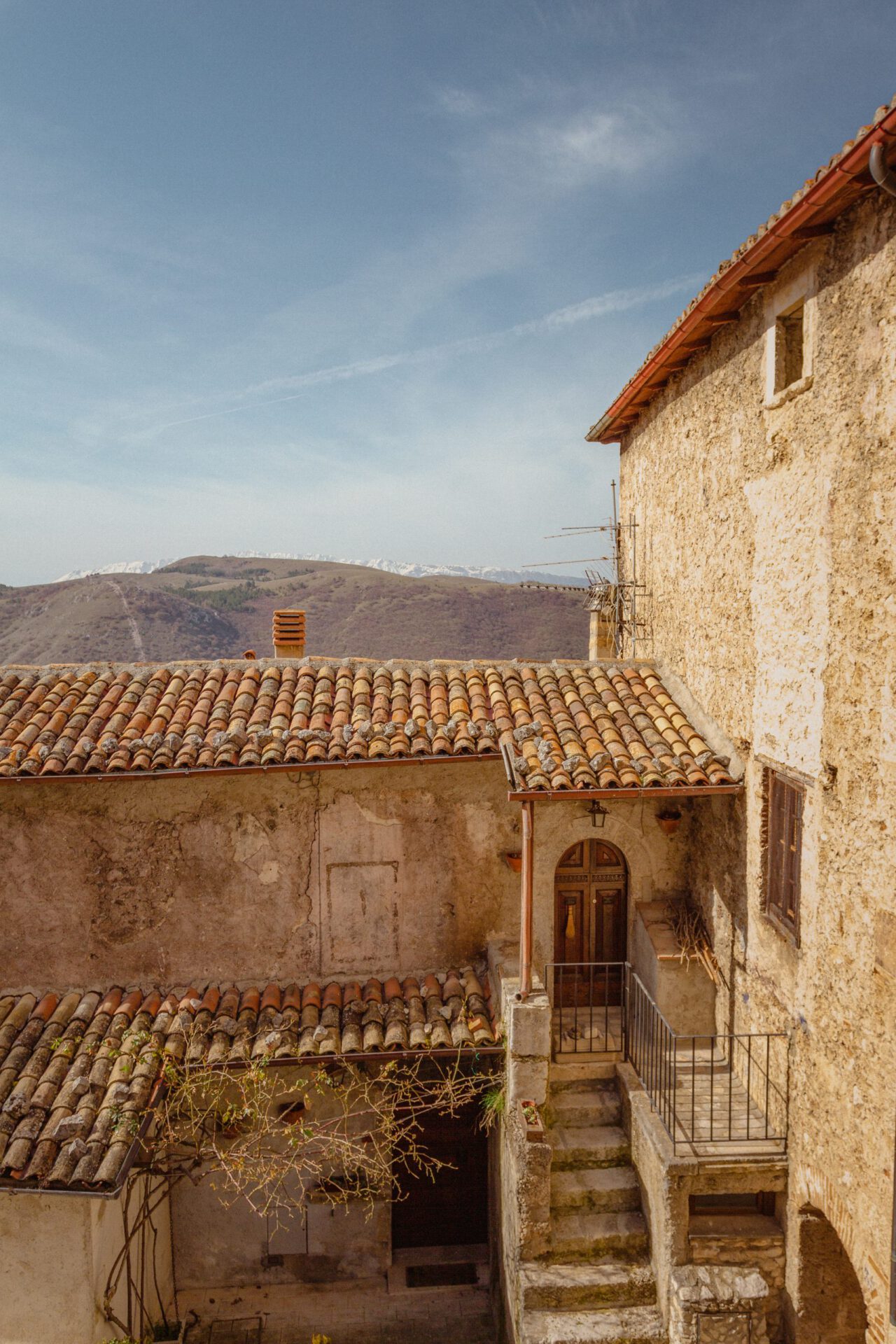

WHERE TO EAT:
La Bilancia (Loreto Aprutino) – For traditional recipes, hearty dishes, and homemade charcuterie.
Nonno Pescatore (Pescara) – For the freshest seafood dishes you can find
Agriturismo Bellavista (Arsita) – For a classic farm to table meal.
Il Salice (Civitella del Tronto) – For river gambas served in any way possible.
Trattoria San Domenico (Ortona) – For simple, fresh off the boat fisherman style dishes.
Mucciante (Castel del Monte) – For grilled meat in the mountains to be enjoyed with friends.
Trabocco Pesce Palombo (Fossacesia) – For a once in a lifetime experience dining in a wooden fishing hut on the water.
Nole (Pescara) – For Michelin-starred small plates with modern flair
Bonus: Any “sagra” or food festival that takes place during the summer. Head to Elice for the “pasta alla mugnaia” festival, my favorite.
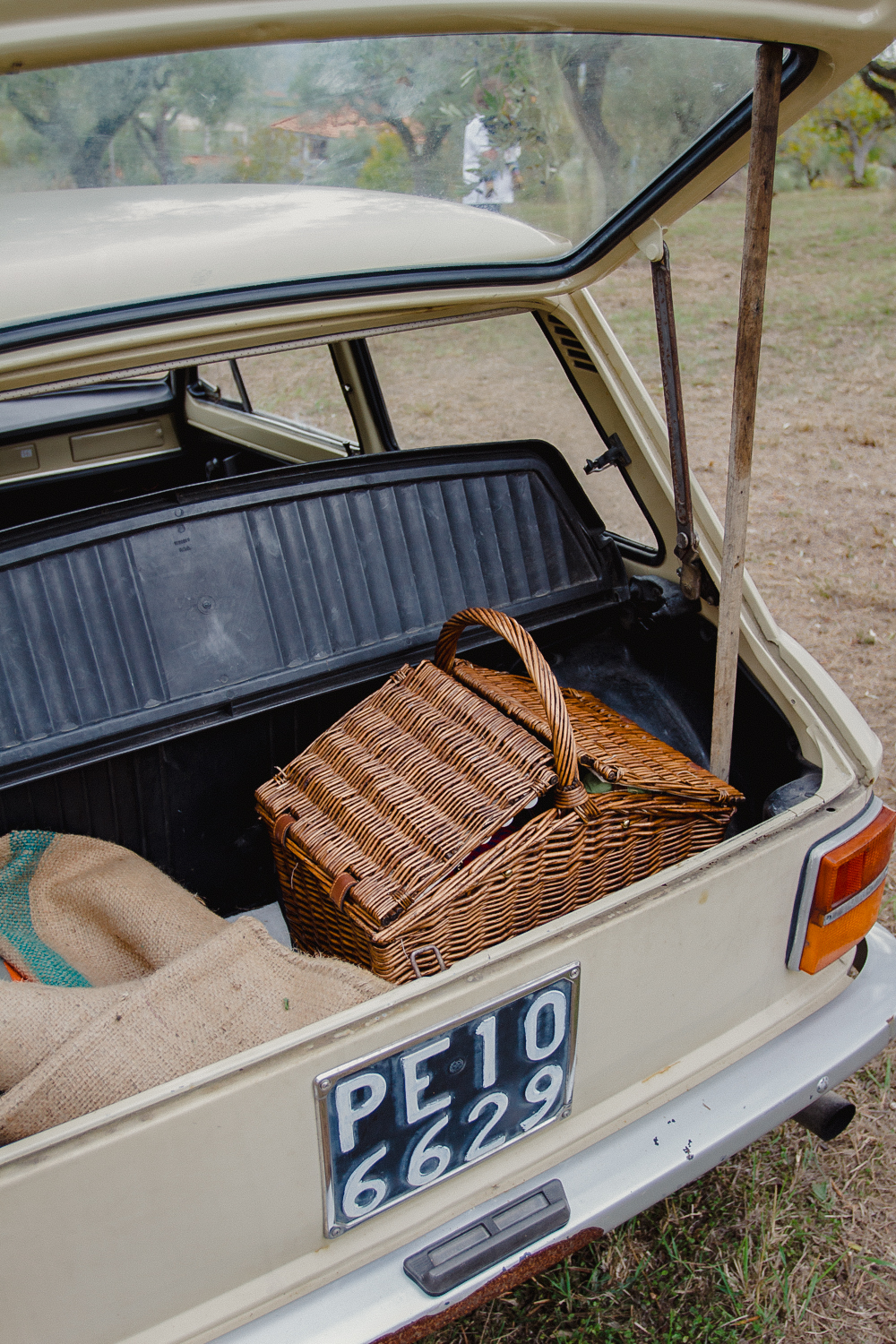
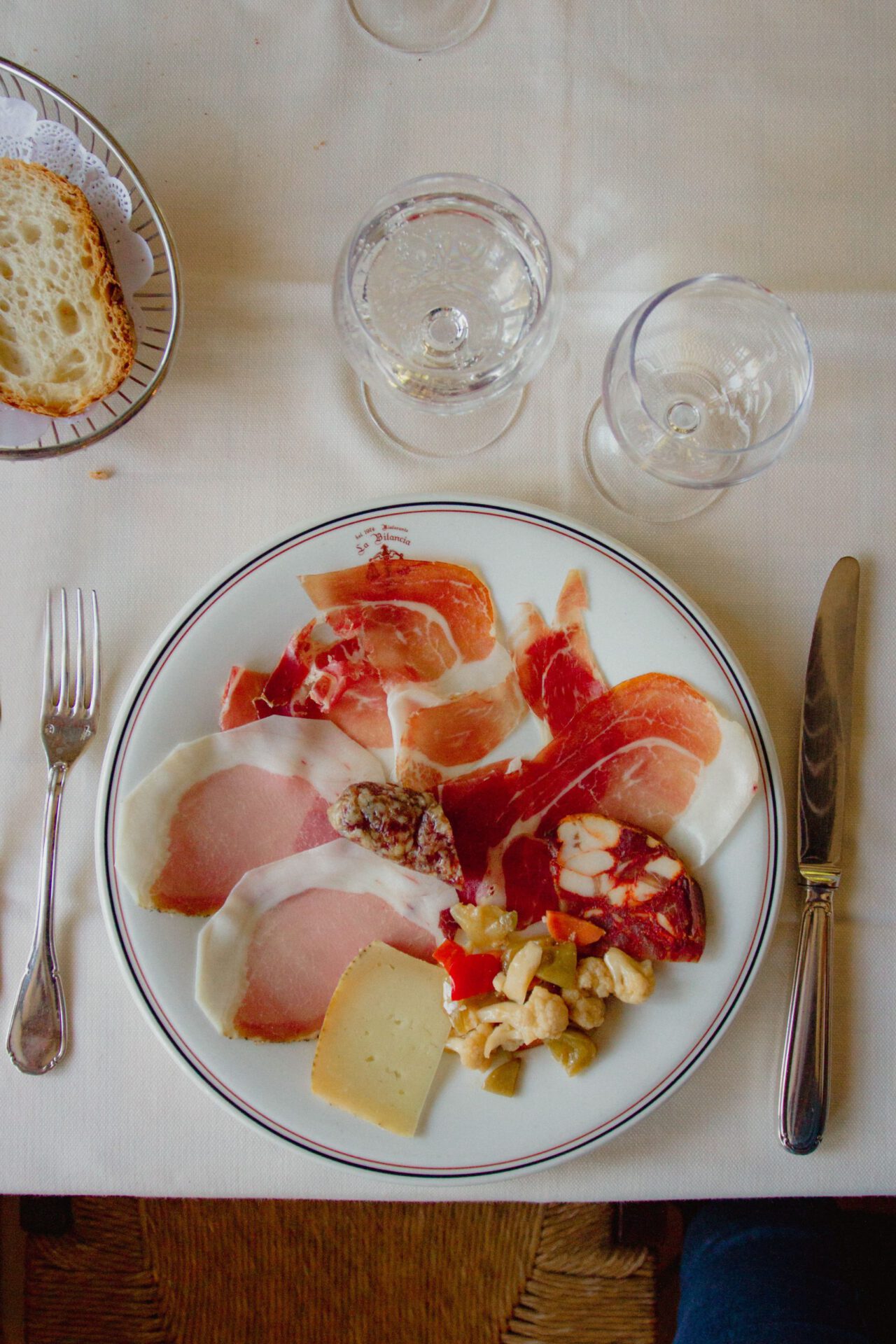
WHERE TO DRINK:
La Fabbrica del Vino (Pescara) – A wine shop and enoteca where you can sip natural labels from around Italy (and other European countries, too).
UvaRara (Atessa) – Serving both natural and classic wines from around Italy, alongside organic, seasonal small plates.
Bonus: Be sure to also stop by and visit some of the region’s incredible winemakers. Valentini, Emidio Pepe, Tiberio, De Fermo, and Aurum are some of the best.
WHERE TO SHOP:
Parco 1923 – Perfumes and scents for the home and body made from wild botanicals found in the national parks of Abruzzo, Lazio, and Molise
Ceramics in Castelli – Castelli is known as the ceramic capital of the region. Come here to discover its many artisan shops, and don’t leave without a souvenir.
WHERE TO SLEEP:
Casa Rosati – In Fagnano Alto, tucked into the side of a mountain in the majestic Sirente-Velino Regional Park, this bed and breakfast offers stunning views of the mountains from each room and from their massive terrace. The cozy rooms are perfect for couples.
Sextantio – This can’t-miss hotel is inside a fortified medieval village in the mountains of the Gran Sasso and Monti della Laga National Park, sitting at over 1,250 meters above sea level. The rooms are often filled with native, original, and historical objects, and the overall interior design is inspired by pictures of Abruzzo that Swiss linguist Paul Scheuermeier took in the 1920s.
Casadonna Reale – This hotel, housed within a former 16th-century monastery in the hills of Abruzzo, is a go to for a tranquil retreat. The minimalist property is surrounded by beautiful vineyards and beehives from which they produce honey and wine, and you can choose between 10 rooms that differ in “personality”. Also on property is a 3-Michelin star restaurant.



